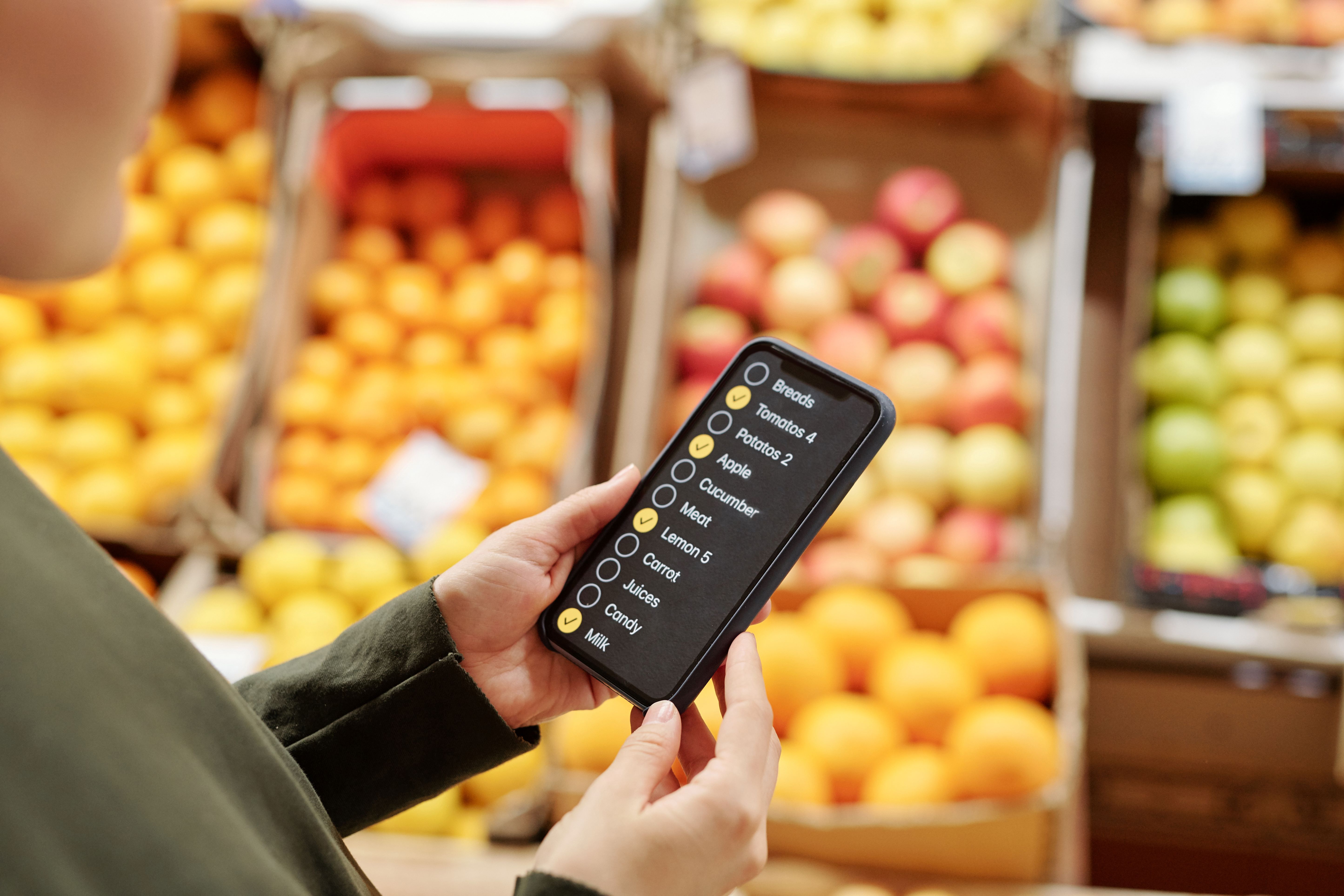Embracing Personalization for Omnichannel Shoppers

Personalization Outlook 2024
- 77% of grocery shoppers consider checkout processes the least favorable of in-store shopping.
- 86% of shoppers aim to utilize both platforms and anticipate a mix of online ordering, in-store shopping, and convenient pickup, necessitating competitive pricing strategies across channels.
- 11% of grocers have managed to personalize the shopper journey.
- 71% of grocers are poised to enhance their technology adoption.
The concept of hyper personalization has transitioned from a mere buzzword to a pivotal strategy for retailers aiming to meet and exceed customer expectations. As we venture into 2024, the dynamics of personalization in grocery shopping are set to redefine the way shoppers engage with omnichannel platforms, blending in-store and digital experiences seamlessly.
The Shopper's Expectation of Personalization
For omnichannel shoppers, personalization transcends the traditional shopping experience, focusing on three core areas: significant savings, frictionless experiences, and highly personalized engagement. Our research indicates that 77% of grocery shoppers consider checkout processes as the least favorable aspect of in-store shopping, signaling a pressing need for innovation in this area. Moreover, with 83% of shoppers emphasizing savings and 69% showing a preference for multi-buy deals over percentage discounts, it's clear that personalized savings strategies will dominate shopper expectations heading into 2024.
Equally important is the seamless integration of in-store and online shopping channels. 86% of shoppers plan to utilize both platforms, underscoring the necessity for a frictionless omnichannel experience. Additionally, the advent of retail media is personalizing shopper journeys more than ever, with 73% of consumers engaging with relevant ads and 93% showing preference for tailored offers and promotions.
Despite these clear preferences, only 11% of grocers have managed to personalize more than half of the shopper journey, highlighting a significant gap between shopper expectations and retail execution.
Grocers' Personalization 2023 Review and the Road Ahead
Acknowledging the critical role of personalization, 81% of grocers believe it is paramount for remaining competitive, with 72% planning to increase their investment in personalization strategies over the next 12 months. The past year saw grocers pivot towards leveraging shopper data and AI to refine the shopper's journey, with a notable 71% intending to amplify their technology use in the coming years.
In 2023, investments were particularly pronounced in personalized offers, digital promotions, and improving inventory visibility key strategies aimed at reducing shopper churn and fostering loyalty. Moreover, the integration of AI, chatbots, and LLM models has enhanced customer service, site navigation, and product recommendations, underscoring the sector's commitment to innovative personalization.
Grocers' Investment in Personalization for 2024
The focus for 2024 remains steadfast on utilizing shopper data and AI to elevate personalization. With 71% of grocers poised to enhance their technology adoption and 63% planning to integrate AI in personalization efforts, the industry is on the brink of a transformation. Self-checkout options, driven by the desire for efficiency and convenience, will also see significant investment.
Key Takeaway
As the grocery industry marches towards 2024, the imperative for personalized shopper journeys has never been more pronounced. With a keen focus on technology, data-driven insights, and AI, grocers are poised to bridge the gap between current practices and shopper expectations. However, as they navigate this journey, balancing personalization with privacy will be paramount. By embracing these strategies, grocers can cultivate long-term loyalty, transform the shopping experience, and secure a competitive edge in the ever-evolving retail landscape.


.png)



.png)
.png)



.png)

